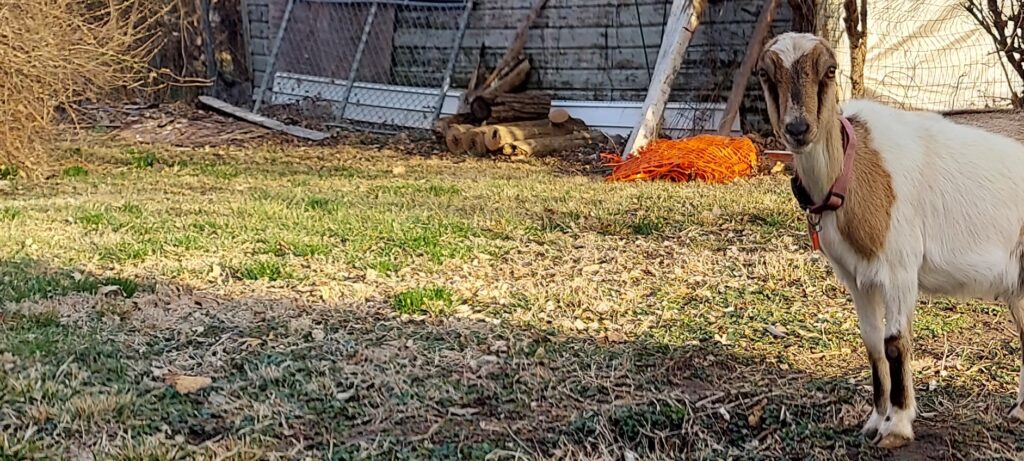
As more people seek self-sufficient and eco-friendly lifestyles, urban homesteading is becoming an increasingly popular choice for city dwellers looking to reconnect with nature and reduce their environmental footprint. In this article, we’ll explore the best and most efficient ways to start an urban homestead, covering essential aspects such as planning, gardening, livestock, and resource management to help you create a thriving and sustainable city sanctuary.
Step 1: Assess and Plan Your Urban Homestead
The first step to starting your urban homestead is to assess your available space, resources, and local regulations. Consider the size of your property, sunlight exposure, water access, and any restrictions on livestock or gardening. Create a plan that outlines your goals, priorities, and timeline for establishing your urban homestead.
Step 2: Start with Container Gardening
For aspiring urban homesteaders with limited space, container gardening is a great way to begin growing your own food. Select versatile and productive plants like herbs, leafy greens, and compact fruiting plants that thrive in containers. As you gain experience and confidence, you can expand your garden to include raised beds and vertical gardening solutions.
Step 3: Embrace Composting and Soil Management
Healthy soil is the foundation of a successful urban homestead. Start composting your kitchen scraps, leaves, and other organic materials to create nutrient-rich compost that will benefit your garden. Learn about soil amendments, cover crops, and crop rotation techniques to maintain and improve your soil’s health and fertility.
Step 4: Incorporate Small Livestock
When you’re ready to add livestock to your urban homestead, start with small, low-maintenance animals like chickens or rabbits. Be sure to research local regulations and select breeds that are well-suited to urban living. As you become more experienced, consider expanding your urban homestead to include bees, quail, or even miniature goats.
Step 5: Conserve Water and Energy
Water and energy conservation are essential aspects of efficient urban homesteading. Collect rainwater for watering your garden, and invest in energy-efficient appliances, lighting, and insulation to reduce your overall energy consumption. Consider incorporating solar panels or other renewable energy sources to further reduce your reliance on nonrenewable resources.
Step 6: Develop DIY Skills
A successful urban homesteader is resourceful and self-reliant. Develop your DIY skills by learning basic carpentry, plumbing, electrical, and sewing techniques. This will enable you to repair and maintain your homestead more efficiently and cost-effectively.
Step 7: Preserve and Store Your Harvest
Preserving and storing your harvest is essential for enjoying homegrown food year-round. Learn various food preservation techniques like canning, freezing, drying, and fermenting to extend the shelf life of your fruits, vegetables, and meats.
Step 8: Connect with Your Community
Urban homesteading is not just about self-sufficiency; it’s also about fostering community resilience and sustainability. Share your knowledge and resources with your neighbors, participate in local workshops and events, and collaborate on community gardening or composting projects.
Starting an urban homestead is an empowering and rewarding journey that enables you to live more sustainably and reconnect with the natural world. By following these efficient and practical steps, you can create a thriving urban homestead that will benefit not only your household but also your community and the environment. Embrace the urban homesteading movement and begin your journey towards a greener, more self-sufficient city life.
